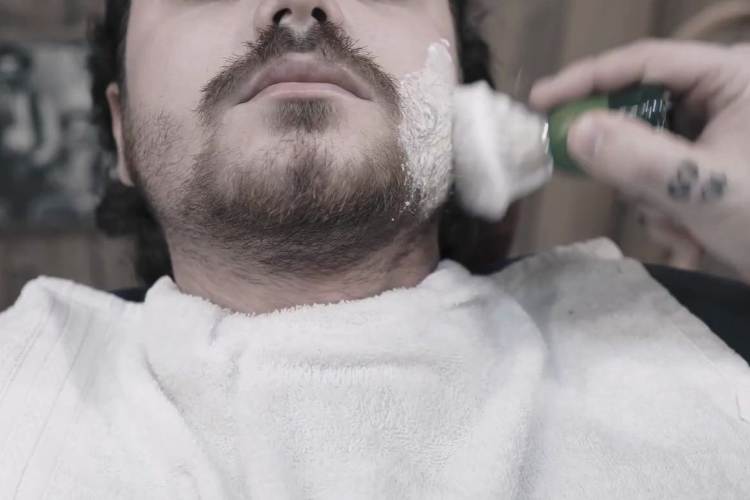
Wet shaving has long been revered as a quintessential method for removing unwanted hair, offering a clean and polished appearance that has historical roots. Its enduring appeal can be attributed to numerous advantages it holds over other shaving techniques, including a lower risk of skin burns and reduced inflammation. Nevertheless, individuals who are new to wet shaving or unfamiliar with the technique may initially find the process somewhat daunting.
Wet shaving is generally more intricate and time-consuming than dry shaving, which is why this article aims to elucidate what wet shaving entails, the myriad benefits it provides, and the correct way to perform this technique.
Table of Contents:
Part 1: What Is Wet Shaving?
Wet shavingshaving cream
One key aspect of wet shaving is the multiple rounds of rinsing with cold water, which helps to keep the skin cool during the process. In the event of minor burns or nicks, the soothing cream lather and cold water rinses provide relief to the affected areas.
While the use of soap is less common, it still plays a role in wet shaving, with many individuals opting for shaving cream instead. It is a common misconception that wet shaving is exclusively for men; in reality, many women also practice wet shaving for facial hair or other body hair removal.
Part 2: What’s in a Wet Shaving Kit?
This section delves into the components of a wet shaving kit and their importance:
Safety Razors
Safety razorsvarious skin types
Straight Razors
Straight razorsstraight razors
Shaving Brushes
Shaving brusheslather shaving cream
Shaving Creams & Soaps
When whipped with a brush, shaving creams produce a rich, creamy foam that lubricates the skin, minimizing the risk of razor cuts, burns, inflammation, and irritation. While some individuals choose to use soap instead of shaving cream, this choice ultimately comes down to personal preference. Common ingredients found in shaving creams include water, glycerin, stearic acid, cetyl alcohol, stearyl alcohol, aloe vera, and shea butter, among others.
Part 3: Dry Shaving vs Wet Shaving
Dry shavingshaving cream
Disadvantages of Dry Shaving
Dry Shaving vs. Wet Shaving: A Comparative Analysis
Part 4: How to Wet Shave?

This section provides a detailed guide on the proper technique for wet shaving.
Preparation
Lathering
Shaving
Aftershave Care
Part 5: Tips for a Flawless Wet Shave
Conclusion
Although wet shaving can be a lengthier process, the benefits it offers in terms of minimizing cuts, burns, irritations, and wounds make it worthwhile. While wet shaving is a time-honored method, it doesn't diminish the effectiveness of newer techniques.
Ultimately, individuals should assess their personal priorities when choosing between wet shaving and dry shaving, as both methods come with their own advantages and disadvantages. It is advisable to experiment with various techniques to determine which one best suits individual needs.






































